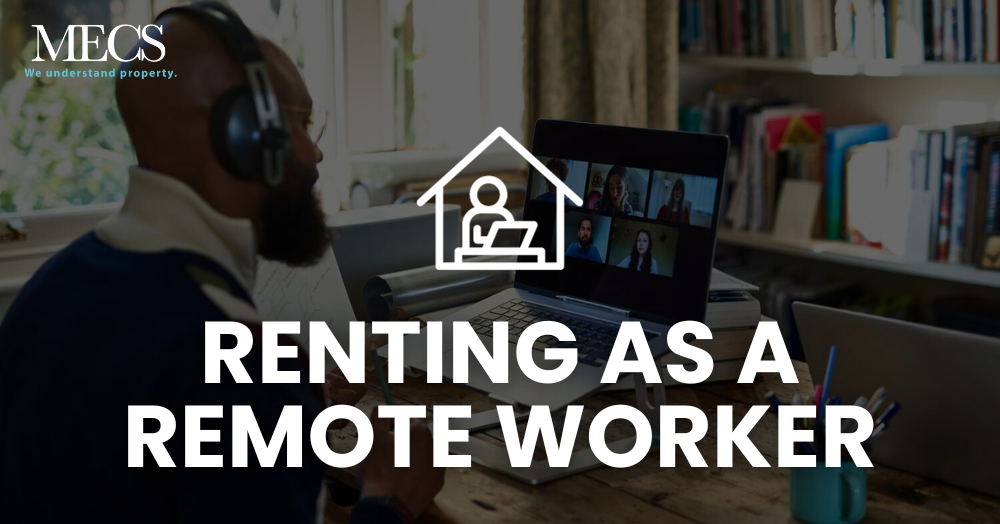The rise of remote work has transformed the way we approach our professional lives. With the flexibility to work from anywhere, many individuals are choosing to rent spaces that cater to their remote work needs.
1. Choose the Right Space
When renting with remote work in mind, consider the layout of the property. Look for spaces with a dedicated room or area that can be converted into a home office. Natural light, sufficient electrical outlets, and good ventilation are also crucial factors to enhance your workspace.
2. Invest in Ergonomic Furniture
Your desk and chair play a significant role in your productivity and well-being. Invest in ergonomic furniture that supports good posture and reduces the risk of discomfort or injury. Look for adjustable chairs, and spacious desks, and consider adding a sit-stand desk converter for added flexibility.
3. Set Clear Boundaries
Establishing clear boundaries between your work and living spaces is vital for maintaining a healthy work-life balance. Communicate your work hours to household members or roommates, and make it a point to "leave" your workspace at the end of the day to signal the transition from work to personal time.
4. Prioritise Connectivity
A reliable internet connection is the lifeline of remote work. Before renting a property, check the availability and quality of internet service in the area. Consider having a backup plan, such as a mobile hotspot, to ensure you can stay connected even in the event of an outage.
5. Personalise Your Space
Make your home office a place you enjoy spending time in by adding personal touches. Decorate with plants, artwork, or other items that inspire and motivate you. A personalised space can contribute to a positive and creative work environment.
6. Manage Noise Distractions
Renting often means dealing with neighbours or street noise. Invest in noise-cancelling headphones, use a white noise machine, or play soft background music to minimise distractions. Consider placing a rug on the floor to dampen sound and create a more acoustically friendly environment.
7. Implement Efficient Storage Solutions
Maintain a clutter-free workspace by incorporating efficient storage solutions. Shelves, cabinets, and organisers can help keep your office supplies and documents organised, minimising distractions and maximising productivity.
8. Ensure Proper Lighting
Good lighting is crucial for reducing eye strain and creating a conducive work environment. Position your desk near a window for natural light, and supplement it with task lighting as needed. Avoid harsh overhead lighting that can cause glare on screens.
9. Stay Organised Virtually
Embrace digital tools to keep your work organised. Utilise project management apps, cloud storage, and communication tools to streamline collaboration with colleagues and clients. A well-organised digital workspace can contribute to overall efficiency.
10. Test Your Setup Before Committing
Before finalising a rental agreement, spend some time in the property to test your remote work setup. Check internet speeds, assess noise levels, and ensure that the space meets your ergonomic and practical needs. This can save you from potential issues down the line.
Renting as a remote worker offers the freedom to design your work environment according to your preferences and needs. By carefully selecting your rental property and implementing these tips, you can create a home office that not only boosts your productivity but also enhances your overall remote work experience. Whether you're renting for the short term or the long haul, let us help you find the perfect property for you!
0121 681 6327
info@mecsproperty.co.uk

